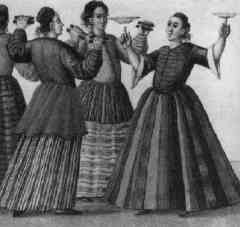Origins of Homosexuality in the Ottoman Empire
According to historical records, homosexuality in the Ottoman Empire began during the reign of Orhan Bey, nearly at the time of the state’s founding. Influences from the Byzantine and Persian worlds introduced these practices to the Anatolian region, and by Orhan Bey’s time, relationships between men had already taken root in various social layers.
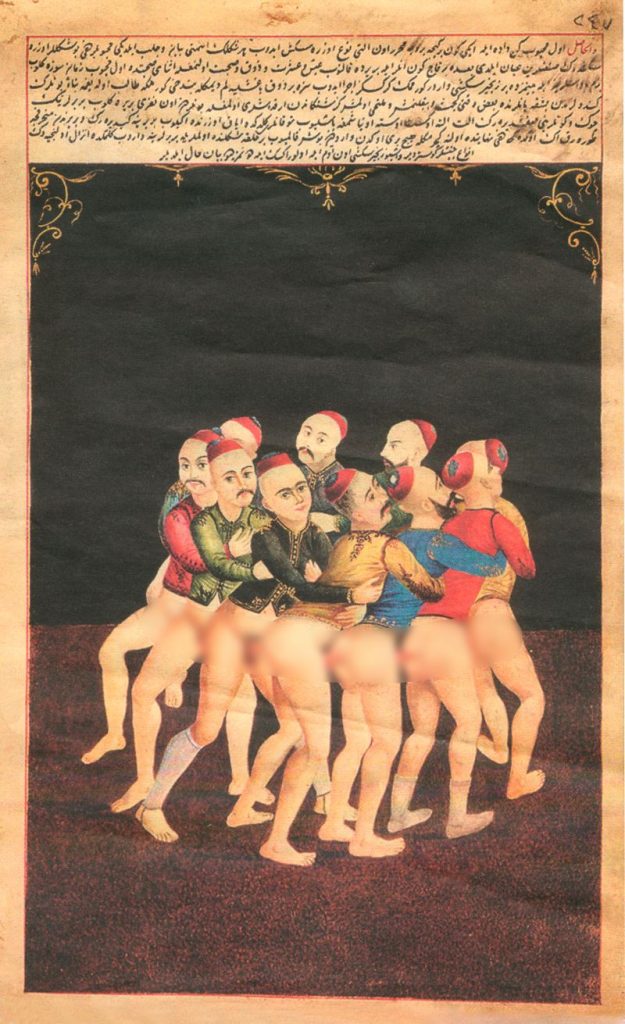
Text from Sheikh Mohammed ibn Mustafa al Misri’s “Tuhfel ul-mulk” literature: “In short, with that mahbūb-ı gūn-dāde(1) (beloved graced by the sun), we engaged in physical intimacy for two days and one night, in the manner I have previously recorded(2), encompassing sixteen different modes(3) of pleasure.
Thereafter, we stayed together for several days, enjoying indulgence, merriment, and companionship. During one such moment of conviviality, that mahbūb-ı zamāne(4) began to speak, saying:
“We also have a special chain-style act. If you wish to see it, we can perform it and bestow upon you some pleasure.”
Upon my expression of interest, they gathered some of their companions — slightly older youths, some with mustaches, others already growing beards(5).
Ten of them assembled, and in an intimate fashion, they began to engage one another — intertwining, stacking atop one another, striking playfully, bending while standing, inserting in sequence, so that none were left unattended from either the front or the rear. They formed themselves into a ring-like configuration(6), moving in rhythm until climax was reached. They declared: “This chain-style act is only complete with ten participants; it cannot be performed with fewer.”
Terminology of Homosexuality in the Ottoman Period
Several terms were used in Ottoman texts to describe homosexual relationships:
- Oğlancılık – A term often referring to pederasty.
- Lutilik – Derived from the Quranic story of Lot, used to describe homosexual behavior.
- Luti – Used for passive homosexual men.
- Gulamperestlik – Refers to a homosexual relationship.
- Hiz oğlanı – Male sex workers engaged in the profession for economic reasons.
These terms, found in literature and legal records, provide insight into how homosexuality was acknowledged within the culture and language of the empire.
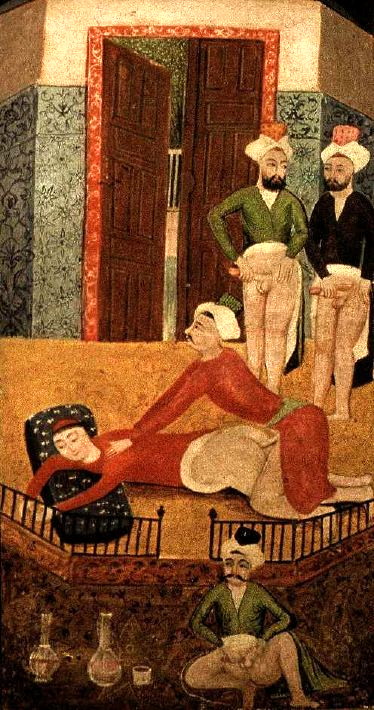
Lining up to use a boy
Homosexuality in the Janissary Corps
Homosexuality was particularly prevalent within the Janissary Corps, the elite military unit of the empire. Because marriage was forbidden for Janissaries, and they lived in confined male-only environments, same-sex relationships became normalized.
A distinct class known as “Civelek” emerged—young males who provided companionship and services to Janissary soldiers. During military campaigns, Civelek battalions were formed to accompany soldiers. These units highlight how institutional structures allowed homosexual practices to exist within the empire’s most powerful institutions.
Representation in Ottoman Literature and Art
Ottoman Divan literature includes many references to male love, especially from poets like Enderunlu Fazıl, who was openly homosexual. His works contain passionate expressions of same-sex affection, which some modern scholars attempt to interpret symbolically. However, historical context and consistency across texts suggest these expressions were often literal.
Ottoman miniature paintings also depicted homosexual themes, showing relationships and lifestyles without censorship. These artworks serve as visual evidence of homosexuality being part of social and cultural life.
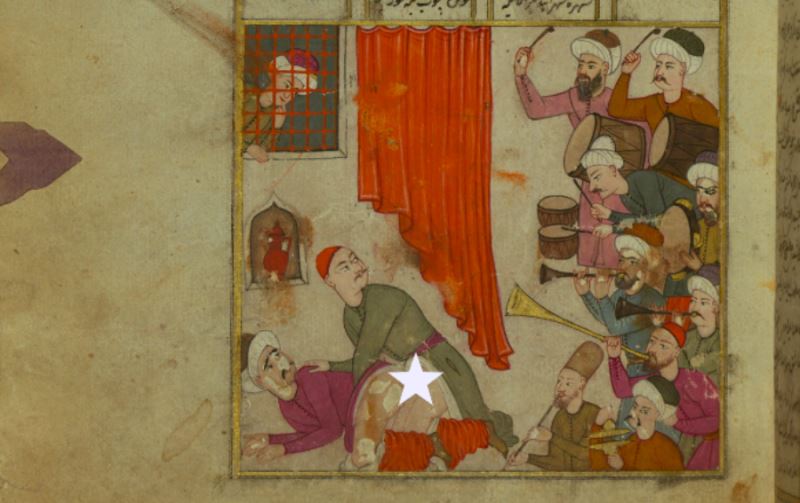
One of the various depictions of “action” in miniature art
Tanzimat Reforms and Legal Changes
During the Tanzimat Era, significant reforms reshaped Ottoman law and society. In 1858, under Sultan Abdülmecid, homosexuality was officially decriminalized—a decision that came long before similar laws were passed in many European countries. This reform marks a pivotal moment in the history of homosexuality in the Ottoman Empire, turning it from a tolerated behavior into a legally recognized one.
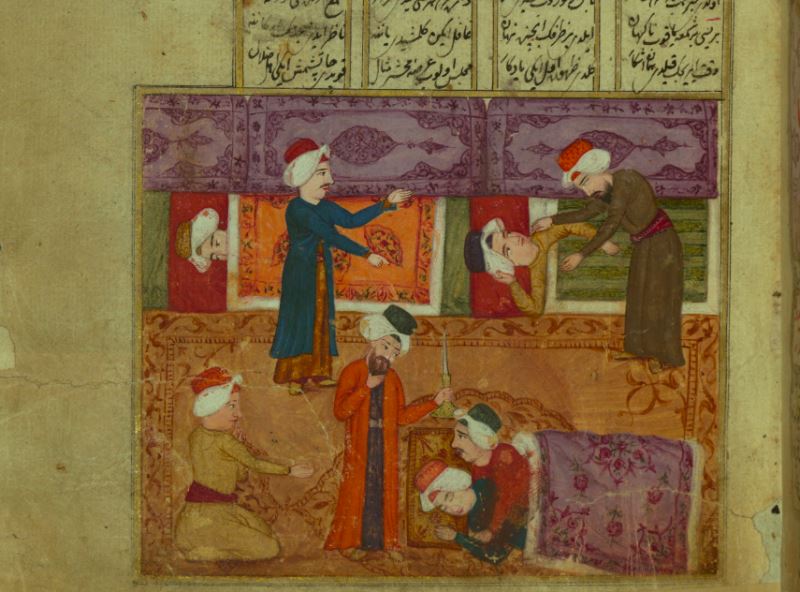
A Complex and Surprising Legacy
The history of homosexuality in the Ottoman Empire reflects a nuanced and often surprising reality. Far from being universally repressed, homosexual relationships were integrated into various aspects of Ottoman life—from the military to literature and art. Understanding this history helps challenge modern assumptions and opens the door for deeper conversations about sexuality, identity, and cultural perception.
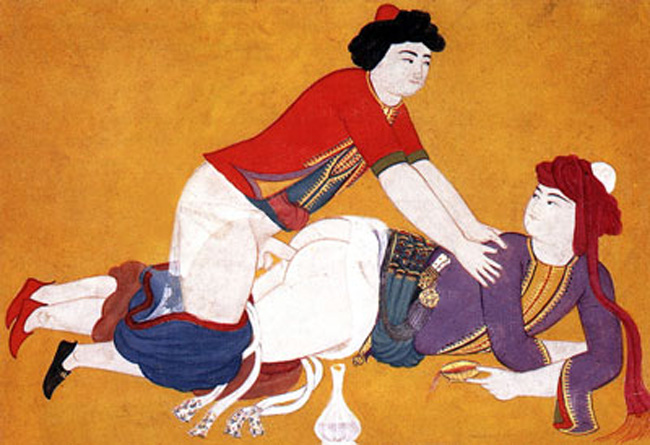
An Ottoman miniature from the book “Sawaqub al-Manaquib” depicting homosexuality
Footnotes from Original Text
Mahbūb-ı gūn-dāde — A poetic compound meaning “the beloved upon whom the sun has bestowed favor.” In this context, it likely implies one with appealing physical features, particularly the posterior, using stylized euphemism.
Ber vech-i muharrer — “As previously described or written,” an Ottoman phrase often used to refer to details already given in a manuscript or earlier section.
On altı nev — Literally “sixteen kinds/types.” Refers to variations in sexual position or technique. The precision here suggests either literary embellishment or a culturally encoded erotic taxonomy.
Mahbūb-ı zamāne — “Beloved of the time/era.” A common expression in classical Ottoman literature to refer to a particularly admired young male or beautiful youth.
Mültehī — Literally, “those with emerging beards.” This suggests a group of adolescents at various stages of puberty, a detail not uncommon in pre-modern homoerotic literature of the region.
The “ring-like formation” described here refers to a group sexual act forming a closed circle, indicating mutual penetration. Similar descriptions occur in Persian and Arabic erotic texts, though rarely in such detail.

